Former nurse Bev Dyson felt like she had a “season ticket” at the hospital when illness forced her to retire.
The Fochabers healthcare worker was constantly in and out of appointments as far away as Aberdeen and Dundee.
She felt like all of them began at “square one”.
Every consultation started with her telling the cast of doctors her exhaustive story of her symptoms.
She said it was an experience that made her feel like she “didn’t exist”.
Now a pioneering new digital health project in Moray is aiming to transform the way medical appointments are run.
This could save valuable GP time and increase access in rural areas.
It would mean patients would only have to tell their life story once, be able to access test results and appointment dates instantly.
They could also upload any information they wanted at convenient times.
Experts believe the £5 million project has the potential to solve capacity and staff shortage issues that are impossible to fix with money alone.
It is a Rural Centre of Excellence for Digital Health and Care Innovation project.
It is funded by the UK Government through the Moray Growth Deal.
If it is successful, it could be rolled out to revolutionise health and social care across Scotland.
‘Every appointment is the same questions’
Bev Dyson, 62, was an occupational therapy assistant before she began suffering transient ischaemic attacks (TIA), similar to short strokes, in her early 50s.
The condition, caused by high blood pressure, resulted in her losing her driving licence and independence.
And the experience of a revolving door of health workers asking her the same questions left Mrs Dyson disillusioned with the health service.
She said: “Every appointment it’s the same questions. It causes a lot of anger and frustration, having to keep relaying the story.
“It was as if you didn’t exist. Like going back to square one every time you go for a new appointment.
“The service was not fit for purpose. You just wanted healthcare workers to take time to read your notes, listen to what you say, and save a lot of mental and physical distress.
“Sometimes you come away and you’re more frustrated than when you went in.”
Digital services could help patients take control of healthcare
Mrs Dyson is taking part in the technology being trialled in Moray, which involves information about symptoms and experiences being uploaded to a “personal data store”.
It means consultants, GPs or other healthcare workers can access a patient’s story without them having to retell it at every appointment.
It is hoped the system will free up meaningful time for medics during clinics to devote to diagnosing and treating problems.
And it means patients will also be able to access test results, doctor letters and appointment information at convenient times.
This could be especially useful after problems with mail in the area.
Mrs Dyson added: “It’d be a total boost, just to be understood and have all your information on tap.
“Even for a GP or in hospital, for them to know exactly where to start and cut out all the unnecessary questions.
“You want to be able to see what information they have and know they have taken it in. It’d make you feel as if you matter.”
Mrs Dyson’s condition is now under control with medication. She has since been able to regain her driving licence and enjoys painting while selling some of her pictures through Cullen Art Group.
‘Money alone cannot fix our health service challenges’
Scotland’s Digital Health and Innovation Centre (DHI) has been leading the project since 2021 with Strathclyde University and Glasgow School of Art.
Teams are currently testing five areas where the mobile phone or tablet apps could be used to change the way healthcare is delivered.
Simon Bokor-Ingram is chief officer for Health and Social Care Moray.
He stressed “radical new approaches” were needed to meet the needs of the public.
He said: “There is a demographic shift with people living longer and therefore placing greater demand on services that outstrips human resources.
“When coupled to a reduction in the number of people entering health and social care it’s inevitable there will be a tipping point and we’ve reached it. This cannot be addressed with more money alone.”
Mr Bokor-Ingram stressed the project was not aiming to replace physical appointments. He said that, instead, it was making in-person contact more valuable for those who need it.
“There could be no need to travel to Aberdeen for routine appointments, blood test results could be delivered digitally through the app.”
Why Moray GPs believe health project will help them
Dr Malcolm Simmons is a partner at Culbin Medical Practice in Forres and GP clinical lead for Moray. He said the system had the potential to solve key practical problems for patients, families and doctors.
He said: “Our frustrations are our patient’s frustrations.
“We want our patients to be able to access our services easily and have timely access to hospital and secondary care tests and treatments. What we don’t want is their health to deteriorate whilst waiting on NHS waiting lists.
“We want to provide as much access as possible, and offer a range of services in a variety of different ways, but our capacity is finite and there has been under-investment in GP services, infrastructure, and premises over many years.”
‘Moray digital health project can lead the way in Scotland’
DHI is developing a “citizen panel” for residents to be involved in developing the services being trialled.
There are four events this month to help shape the project with feedback.
- Wednesday, March 20 – Forres Town Hall 10am to 12noon
- Thursday, March 21 – Buckie Fishermen’s Hall 6pm to 8pm
- Friday, March 22 – Aberlour Fleming Hospital 2pm to 4pm
- Saturday, March 23 – Elgin Library 10am to 12noon
More information about joining is available online HERE.
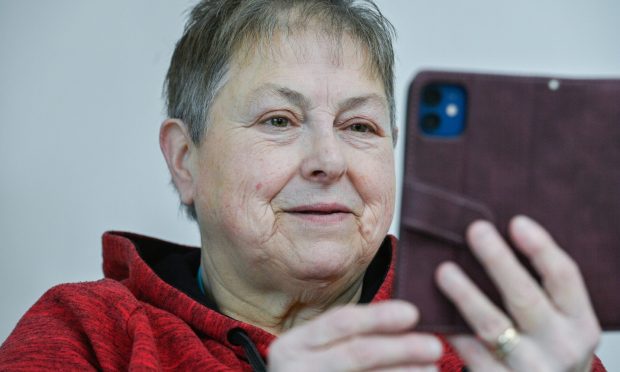
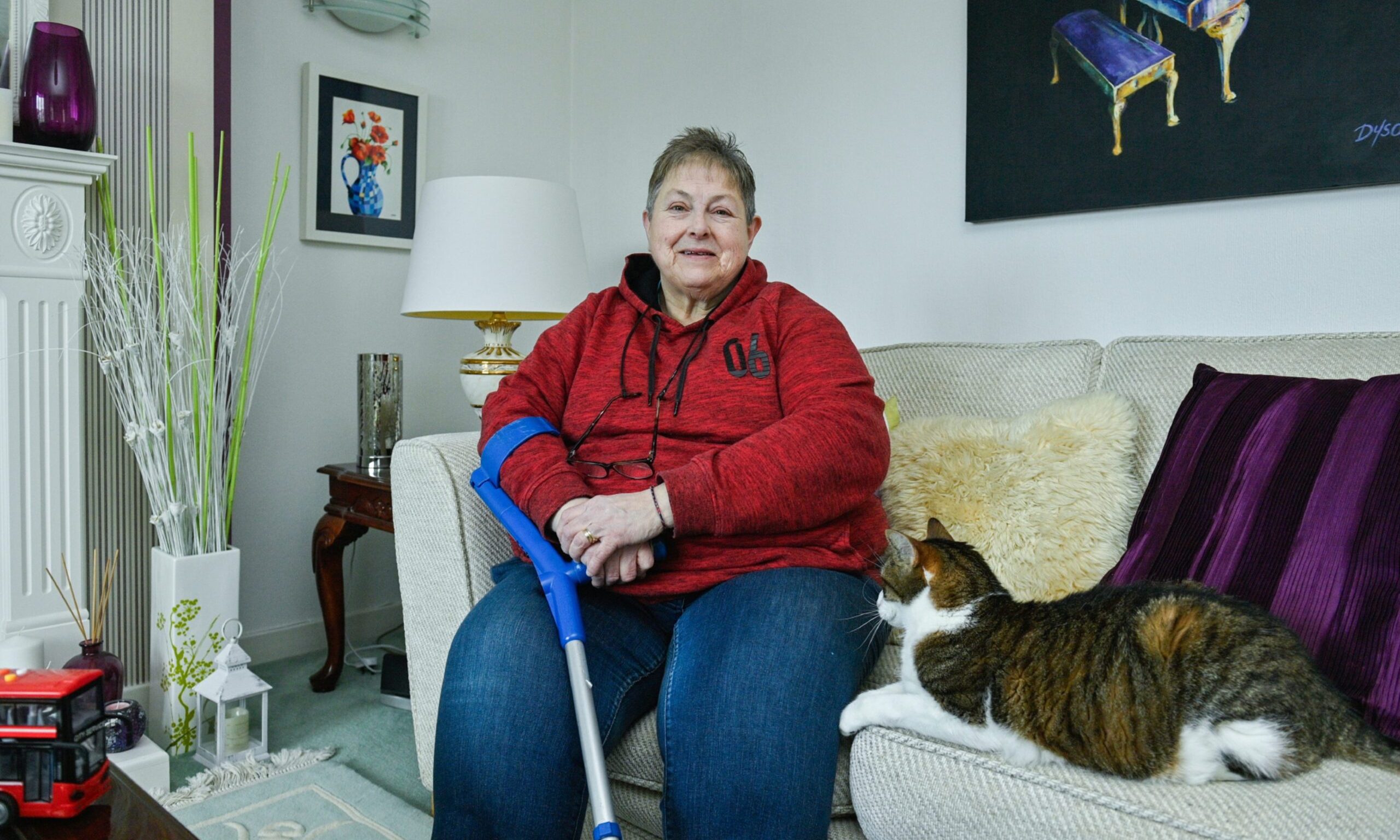
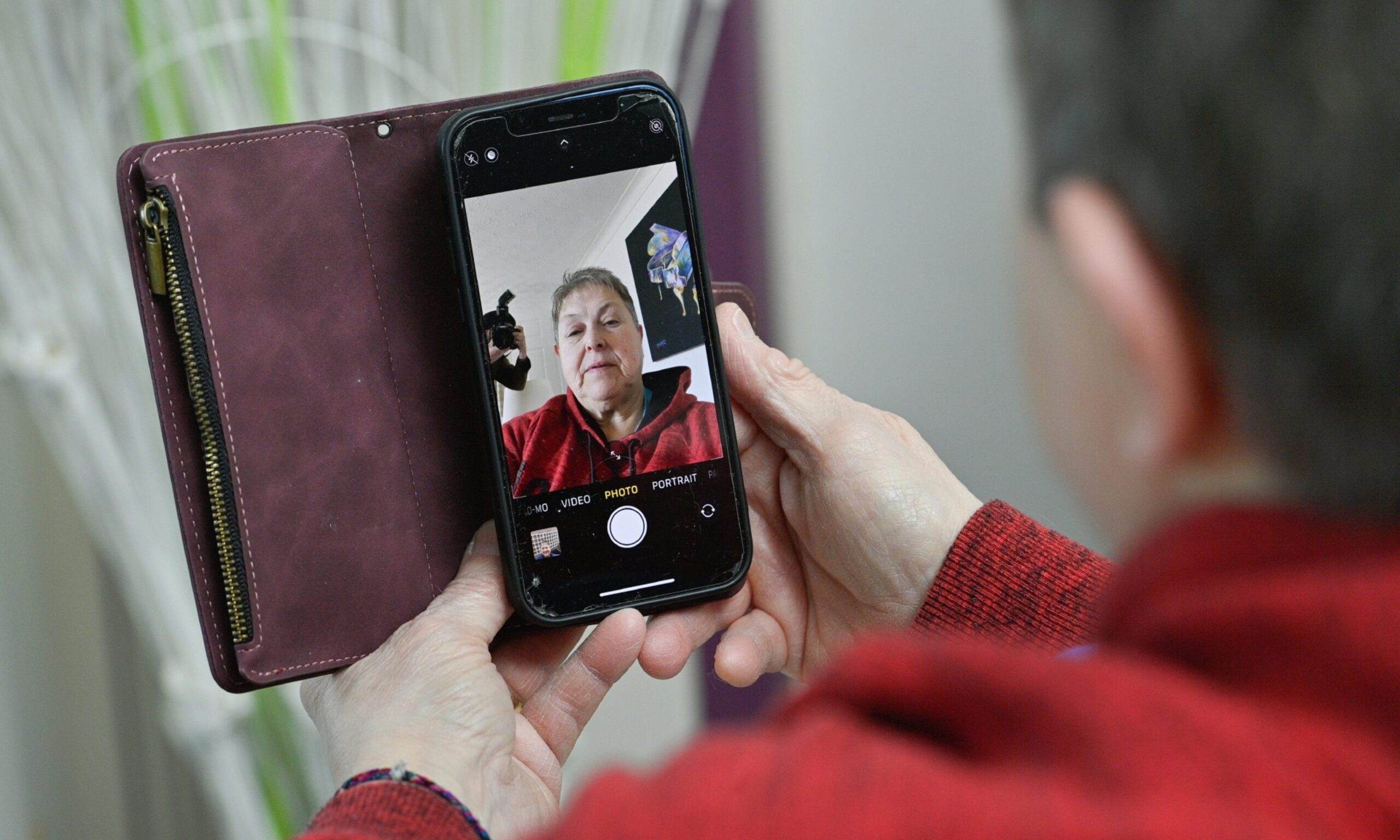
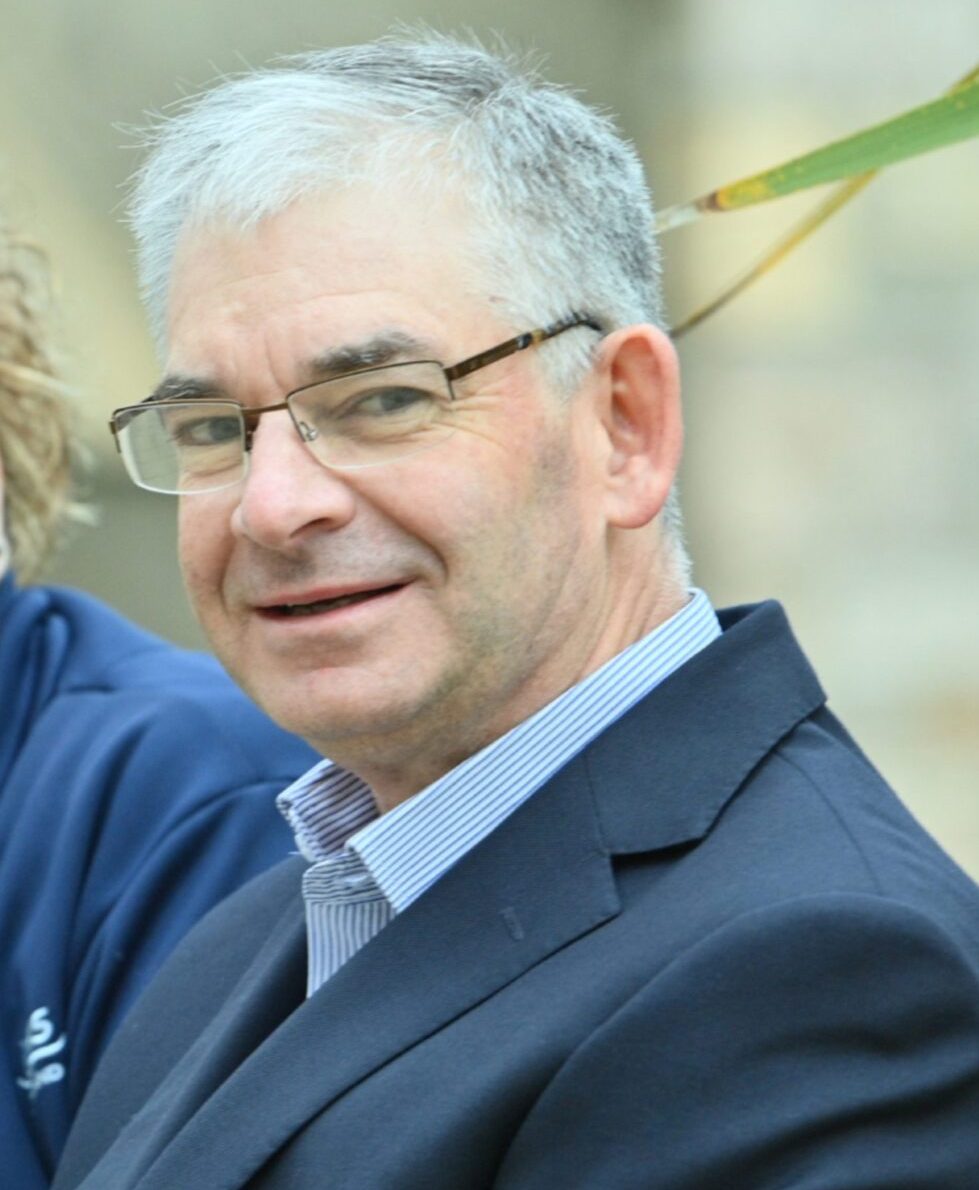
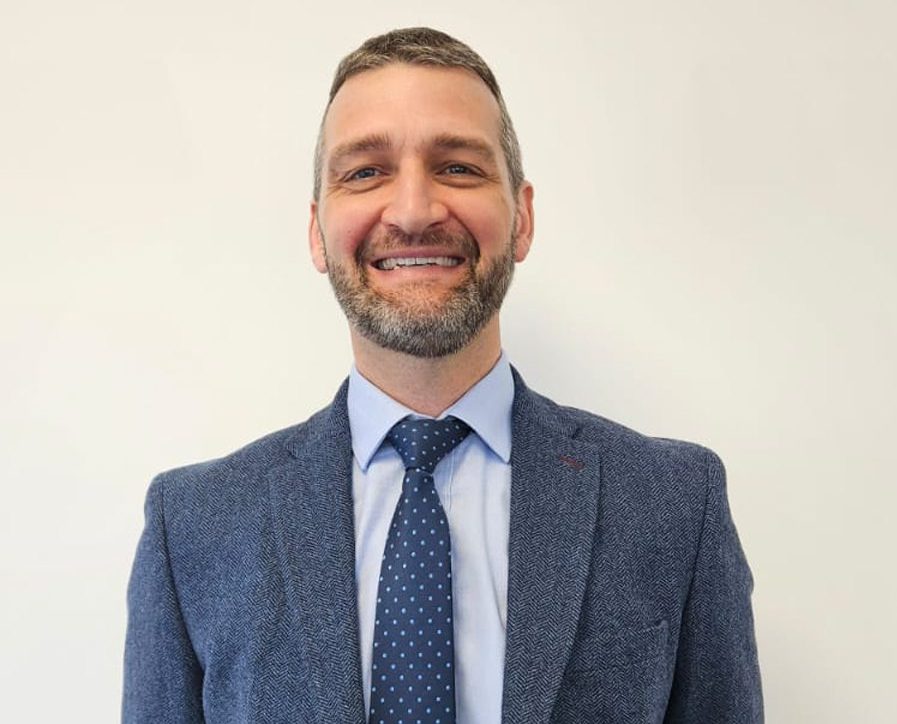
Conversation